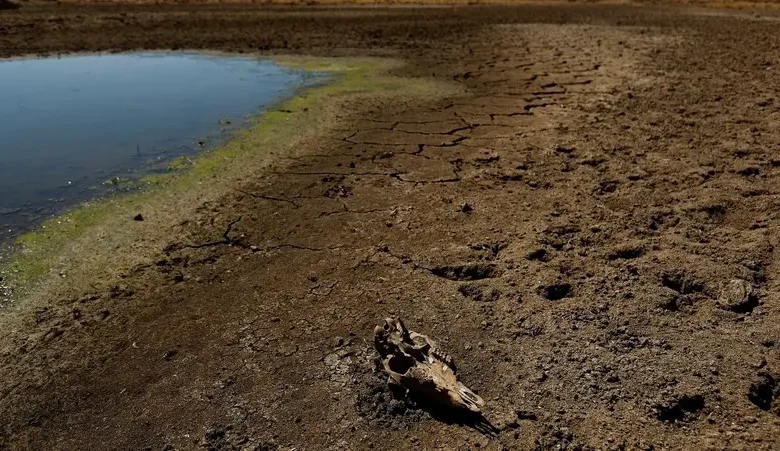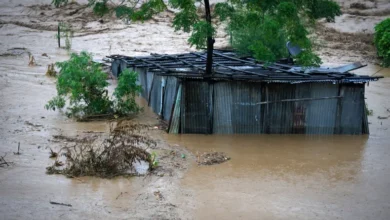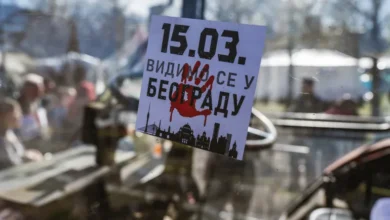Spain’s long-term drought will cause crop failures in Spain, farmers warn

Drought now affects 60 percent of the Spanish countryside, with crops like wheat and barley likely to fail entirely in four regions, the main Spanish farmers association said on Thursday.
Spain’s long-term drought is causing “irreversible losses” to more than 3.5 million hectares of crops, the Coordinator of Farmers and Ranchers Organizations said in a new report, with some cereals “written off” in the prime growing regions of Andalusia, Extremadura, Castilla La Mancha and Murcia that cover much of southern and central Spain. The crops were also likely lost in the driest areas of three other regions.
Nuts and vineyards are also struggling and olives will be badly affected if rain does not arrive in the next few weeks, the report added. The drought was also impacting farmers’ ability to irrigate corn, sunflowers, rice and cotton, likely leading to reduced sowing of these crops over the summer, it added.
Three years of very low rainfall and high temperatures put Spain officially into long-term drought, the country’s weather agency said last month. Last year was Spain’s sixth driest — and the hottest since records began in 1961.
Water levels in the reservoirs of Andalusia have hit 30 percent. The regional capital, Seville, may face drinking water restrictions by the summer if not enough rain falls.
Ranchers will struggle to feed cattle due to dried-up pasture, the farmers’ association further warned in its report. This will be the third consecutive season without honey for beekeepers, as bees lack vegetation and flowers to feed from in the mountains due to a shortage of water.










